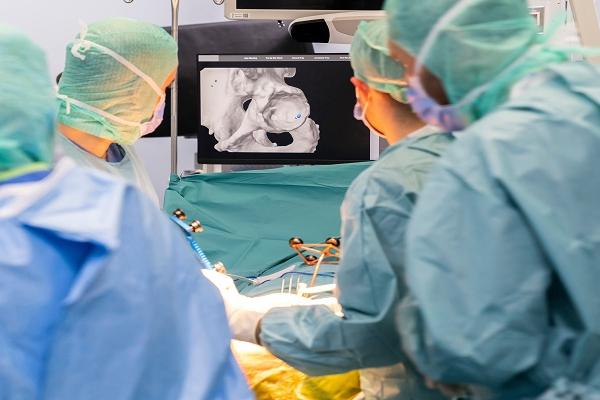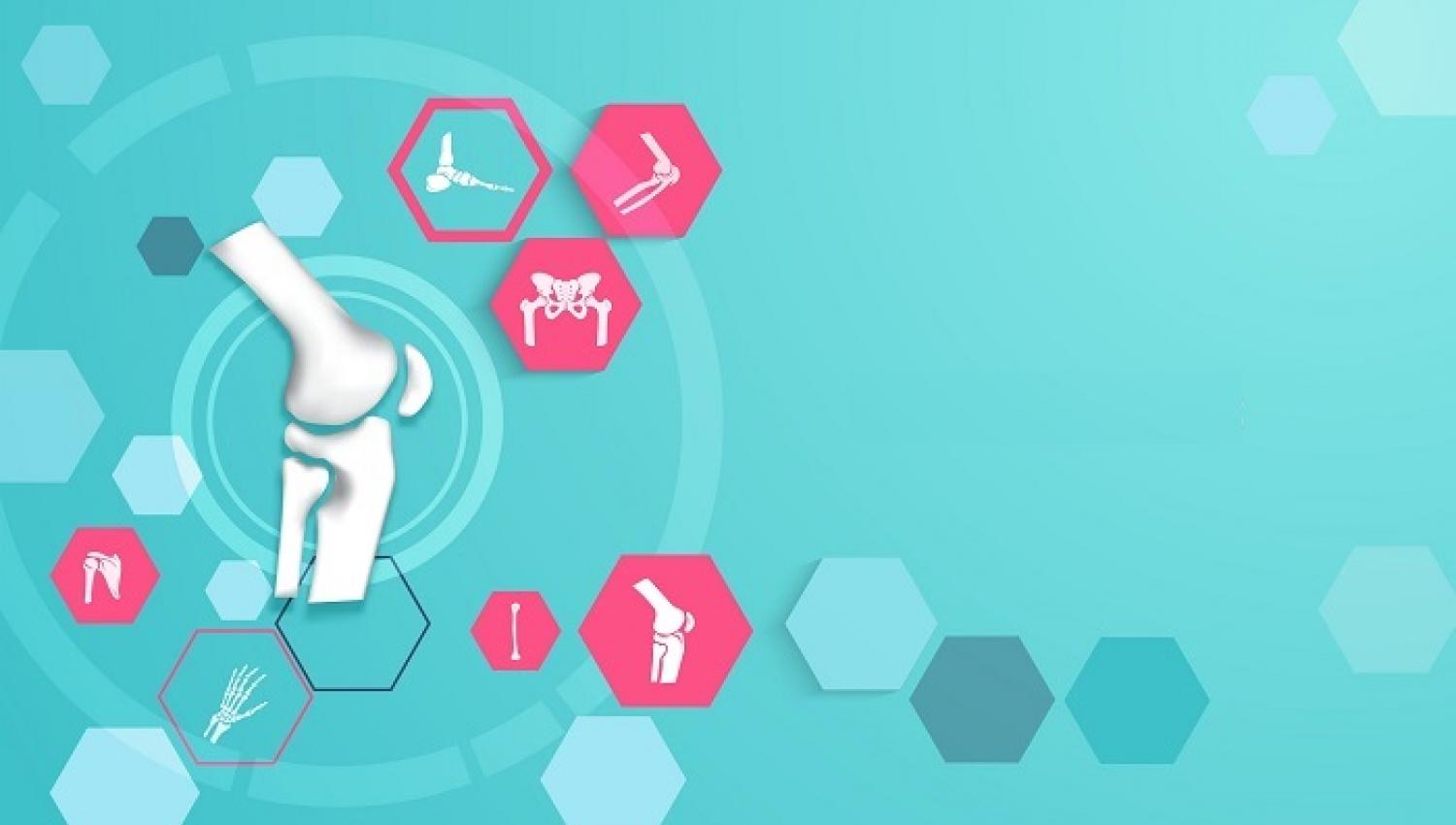Joint disorders, which are manifested by cartilaginous deterioration and develop in middle and advanced ages, can be treated with advanced technological surgery techniques. Yeditepe University Kozyatağı Hospital Orthopedics and Traumatology Specialists, expresses that surgery techniques boost quality of life in treatment of these diseases that cause serious problems and pain, as patients can live a pain-free life.
Joint stiffness and motion difficulty emerge due to conditions that are colloquially called joint calcification and are, in fact, caused cartilage degenerations. Advanced technological surgery techniques are prioritized in treatment of these patients with severe problems and pain. Surgeries can be carried out for disorders of knee and hip joints secondary to rheumatoid diseases that degenerate cartilage, past history of trauma or genetic osteoarthritis. Stating that limited range of motion is the initial complaint of these patients, Yeditepe University Kozyatağı Hospital Orthopedics and Traumatology Specialists, informs us about such patients’ complaints: “Patients cannot freely move their hip and knee joints. Next, severe pain is added to these complaints. Since pain and limited range of motion adversely affect patients’ activities of daily life and quality of life over time, patients cannot wear socks or shoes or use squatting toilets. Major is problem faced while ascending and descending stairs. The patients who are good candidates for knee arthroplasty usually ascends stairs crabwise by holding the stair rails. First few steps after standing up also prove to be challenging. Walking distances gradually shorten. Therefore, they are detached from life and they are gradually forced to remain inside their homes. They become completely isolated from society and become shut-ins after a while. We come in at this stage and make them resume their activities of daily life.”
Quality of Life Improves
Knee and hip arthroplasties are more commonly performed on patients of middle or advanced age. Instead of freezing the joint, a prosthesis is implanted to protect the motion in very young patients with advanced-stage joint disorder secondary to rheumatoid diseases. Thus, the patients are provided with an active, pain-free and mobile lifestyle in the prime of their lives. Regarding prosthesis, it is believed that the implanted material is a replacement joint. On the contrary, the native joint is not replaced with an artificial one, but the degenerated articular cartilage is shaved and the remaining surface is coated. Stating that many elderly patients are afraid of the surgery, Yeditepe University Kozyatağı Hospital Orthopedics and Traumatology Specialists says; “Life expectancy is increasing and therefore, we operate on the patients so that they will spend the rest of their lives in comfort. Very clear outcomes are obtained as a result of well orchestrated surgeries. The patients can lead an independent and comfortable life following the surgery.” .
Prosthesis Is Selected Depending on the Patients’ Condition
Partial or total prosthesis is used for knee joints, while partial prosthesis is used for hip joint in case of fracture, but total prosthesis in case of arthritis. Total arthroplasties aim total elimination of pain by two surfaces of the joint concomitantly. Considering partial prosthesis cases, only the deformed surface is replaced, if one side of the joint is conserved and healthy. Emphasizing that although survival is 80 percent for partial prosthesis in 15 to 20 years, higher figures can be achieved in total prosthesis, Yeditepe University Hospital Orthopedics and Traumatology Specialists., added that total prosthesis is preferred, if age of the patient is appropriate and the joint is completely deformed.
Women are Affected More Commonly
Gender plays a role in patient profile in knee and hip arthroplasties. From a general perspective, more women undergo these surgeries than men. Considering the fact that more women undergo knee arthroplasties, post-menopausal loss of bone and resultant adverse affects on joints play a great role. Yeditepe University Hospital Orthopedics and Traumatology Specialists, , commented that angular distortions and weakness in bones lead to gradual progression in joint disorders and added: “Greater muscle strength and higher pain toleration in men play an important role in this difference.”
Patient Walks on the Next Day
Reminding that World Health Organization deems knee and hip arthroplasties the most successful surgeries of the century, Yeditepe University Kozyatağı Hospital Orthopedics and Traumatology Specialists : “Because patients can resume daily lives soon after these surgeries. These surgeries last for one hour in average and patients feel no pain, as epidural anesthesia is induced by inserting a catheter into lumbar spinal canal. Patients can proceed in this process with almost no postoperative pain that is the most feared component of this surgery. Therefore, they can walk without feeling any pain throughout their hospital stay. Next, the comfort is maintained with home medication support. The patients who undergo knee or hip arthroplasties are necessarily mobilized the next day after surgery.”
Highlighting that many patients are concerned about becoming dependent on care after surgery, while they can, in reality, even use the bathroom without any help one day after the surgery, Yeditepe University Kozyatağı Hospital Orthopedics and Traumatology Specialists, says: “Most patients say “I had suffered from pain very long; I wish I would not have postponed it” immediately after the surgery. Depending on their power and muscle strength, patients can start going outside 20 days after the surgery on average. Therefore, when the surgery is carried out by experienced healthcare professionals, the risk of postoperative problems decreases significantly and comfort of patients’ lives boosts greatly.”
”




